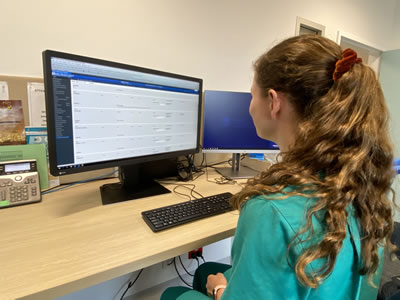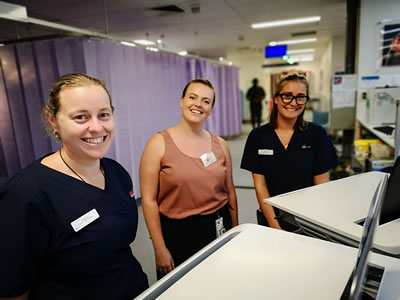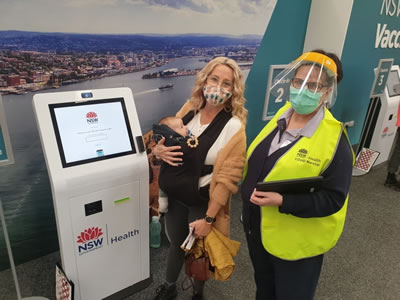A first-of-its-kind innovation in Australia, the new Electronic Transfer of Care (eTOC) web-based application is a major step forward for hospital patients and staff, speeding up clinical information sharing between different systems.
The move from the intensive care unit (ICU) to other wards is a critical point in a patient’s hospital stay. Ensuring continuity of a patient’s care when changing location is incredibly important. It is essential that their medical records, treatment plans and medication details follow with them.
“Patient safety will be improved by reducing the chance of manual transcription errors. eTOC will also save clinician’s from manually searching each system, which will result in faster transfers for patients between ICU and wards,” said eRIC Program Director, Christopher Edwards.
Until now, this transition has been a manual process. Medical information is physically transcribed between systems in ICU and general wards. It’s a time-consuming, inefficient process taking doctors away from the bedside.

eTOC streamlines medication orders to improve patient care
According to Dr Nhi Nguyen, Department of Intensive Care, Nepean Hospital, “doctors spend a lot of time transcribing medication orders when patients are discharged from intensive care. eTOC will streamline this, reducing the potential for medication errors, improve clinician experience transitioning patients between the eRIC and Cerner eMR and having a positive impact on patient flow.”
“The eTOC application digitally transfers medication orders from the electronic record for intensive care (eRIC) to Cerner electronic medical record (eMR) systems in NSW public hospitals” explains eRIC Program Director, Christopher Edwards.
“The medication catalogues and prescribing processes built in the two systems are incredibly complex technically. The medications are the same but there’s no standard way of representing the information. The smarts behind eTOC are in its matching capabilities. It’s building the technology bridge between our ICUs and general wards.”
Clinicians first used the eTOC solution to discharge a patient from Wyong Hospital ICU back in February. Since then, Gosford, Royal North Shore and Hornsby Hospitals have also been given access to the system.
Clinician feedback has been overwhelmingly positive, and the eTOC team is working on bringing eTOC to more ICU clinicians across NSW Health this year.



